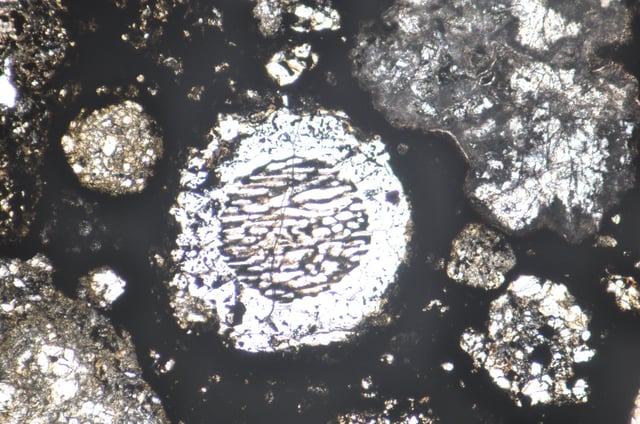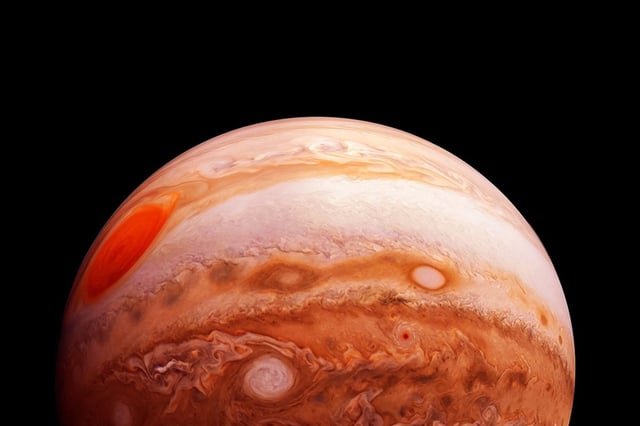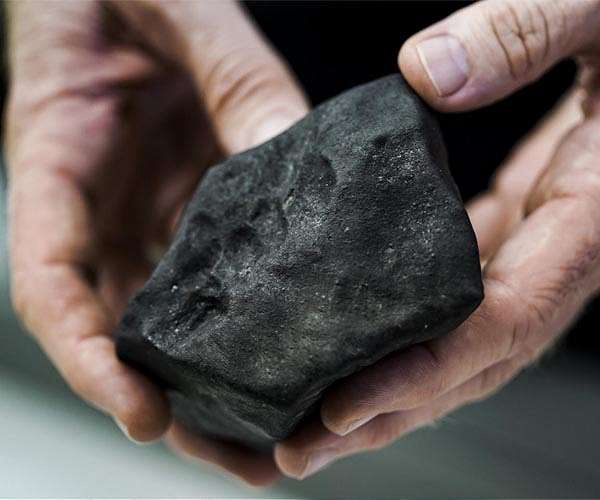Overview
- Researchers at Nagoya University and INAF modeled Jupiter’s fast gas accretion driving high-speed impacts of icy, rocky planetesimals that generated explosive steam and fragmented molten rock into chondrules.
- The simulated chondrules reproduced meteorite observations, including their sizes, abundance, and cooling behavior, linking a surge in droplet production to Jupiter’s growth phase.
- Meteorite age data show a peak in chondrule formation about 1.8 million years after the solar system began, which the authors interpret as the timing of Jupiter’s major formation.
- The study finds chondrule properties depend on the water content of the colliding bodies, offering a tool to date early giant-planet events from meteoritic records.
- The authors propose that additional episodes, likely tied to the births of other giants such as Saturn, explain chondrules of differing ages, with implications for reconstructing planetary histories in other systems.


